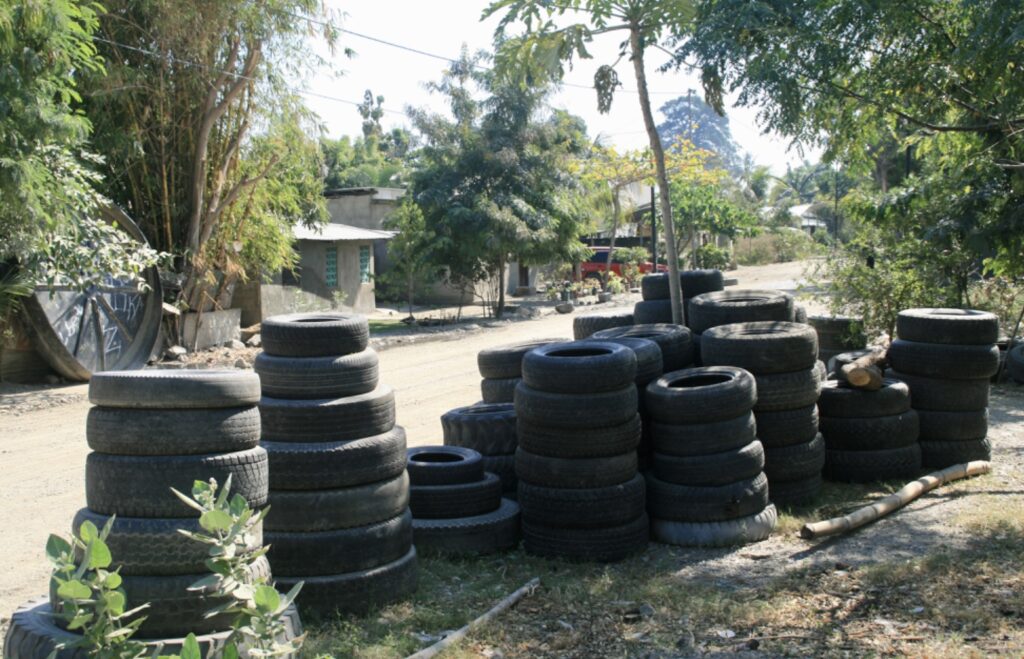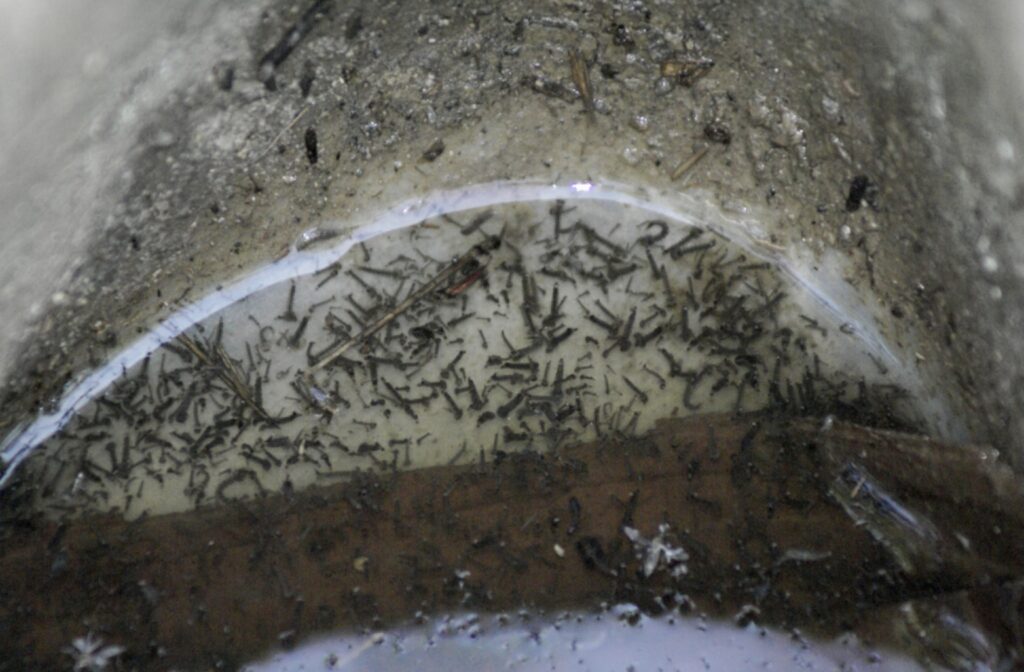By Henrylito D. Tacio
Right now, the Philippines is experiencing the scorching heat of the sun. But after this, rainy days take over.
Once the rainy season rules, dengue is not far behind. That’s why Filipinos are urged to get ready. Or else, the lives of those who are olds and younger ones are in danger.
“The incidence of dengue has grown dramatically around the world in recent decades,” the Geneva-based World Health Organization (WHO) said during the recent press briefing on the rise of dengue and impact of climate change. “It is rather early to get reports from Asia but trends are worrying.”
Among the factors that caused the spiralling number of dengue cases are increased movement of people and goods and urbanization and associated problems of water and sanitation.
The issues cited for linking dengue to climate change include high precipitation, increased temperature and even scarcity of water, which favors the breeding of mosquitoes that spread the dengue virus.
“We have now reached a critical stage in which global warming has already seriously impacted lives and health, and this problem will pose an even greater threat to mankind in the coming decades if we fail to act now,” said WHO officials.
There are four distinct serotypes of dengue virus and all four are not contagious and cannot be spread directly from person to person. The virus is contracted only from the bite of a striped Aedes mosquito that has previously bitten an infected person.
“The virus and the vectors multiply faster in higher temperature,” the United Nations health agency claims.
During the press briefing that was held at the Geneva headquarters, health officials said there are several new tools that are under development “which provide greater hope in preventing and controlling dengue.”
Among those mentioned were better diagnostics and several control tools such as Wolbachia (population replacement and population suppression models), sterile insect technique and spatial repellents.
The WHO also reported that there are few antivirals which are under clinical trial. One vaccine is already available in the market and two more are under final phase three trial and review.
Dengue fever is a flu-like illness spread by the bite of an infected mosquito. Dengue hemorrhagic fever (DHF) is a severe, often fatal, complication of dengue fever. Both are caused by any of the four dengue viruses. Infection with one virus does not protect a person against infection with another.
Dengue, which is diagnosed by a blood test, is manifested by a sudden onset of severe headache, muscle and joint pains – severe pain gives it the name breakbone fever or bone-crushed disease – fever, and rash.
According to the WHO, the dengue rash is characteristically bright red petechiae and usually appears first on the lower limbs and the chest; in some patients, it spreads to cover most of the body. There may also be gastritis with some combination of associated abdominal pain, nausea, vomiting or diarrhea.
Some cases develop much milder symptoms which can be misdiagnosed as flu or other viral infection when no rash is present.
The classic dengue fever lasts about six to seven days, with a smaller peak of fever at the trailing end of the disease. Clinically, the platelet count drops until the patient’s temperature becomes normal.
“Dengue is treated with pain medicine as there is no specific treatment currently,” the WHO admits.
DHF is another story. The WHO explains: “With dengue hemorrhagic fever, the blood vessels start to leak and cause bleeding from the nose, mouth, and gums. Bruising can be a sign of bleeding inside the body. Without prompt treatment, the blood vessels can collapse, causing shock (dengue shock syndrome).”
DHF is reportedly fatal in about 5% of cases, mostly among children and young adults.
“The time between the bite of a mosquito carrying dengue virus and the start of symptoms averages 4 to 6 days, with a range of 3 to 14 days,” the WHO says. “An infected person cannot spread the infection to other persons but can be a source of dengue virus for mosquitoes for about 6 days.”
As stated earlier, only pain relievers like paracetamol are prescribed to those having dengue. Doctors don’t prescribe aspirin and non-steroidal anti-inflammatory drugs because they may worsen the bleeding tendency associated with some of these infections.
Rest and fluid intake for adequate hydration is equally important, the WHO says.
The dreaded DHF is treated by replacing lost fluids. Some patients need transfusions to control bleeding.
An ounce of prevention is better than a pound of cure, so goes a popular saying. “You can lower your risk of dengue by avoiding mosquito bites, especially during the day,” the WHO suggests.
These following reminders should also be heeded:
· Use mosquito repellents on skin and clothing.
· When outdoors during times that mosquitoes are biting, wear long-sleeved shirts and long pants tucked into socks.
· Avoid heavily populated residential areas.
· When indoors, stay in air-conditioned or screened areas. Use mosquito nets if sleeping areas are not screened or air-conditioned.
· Eliminate mosquito breeding sites around homes. Discard items that can collect rain or run-off water, especially old tires.
· Regularly change the water in outdoor bird baths and pet and animal water containers. – ###
Photos courtesy of WHO.











